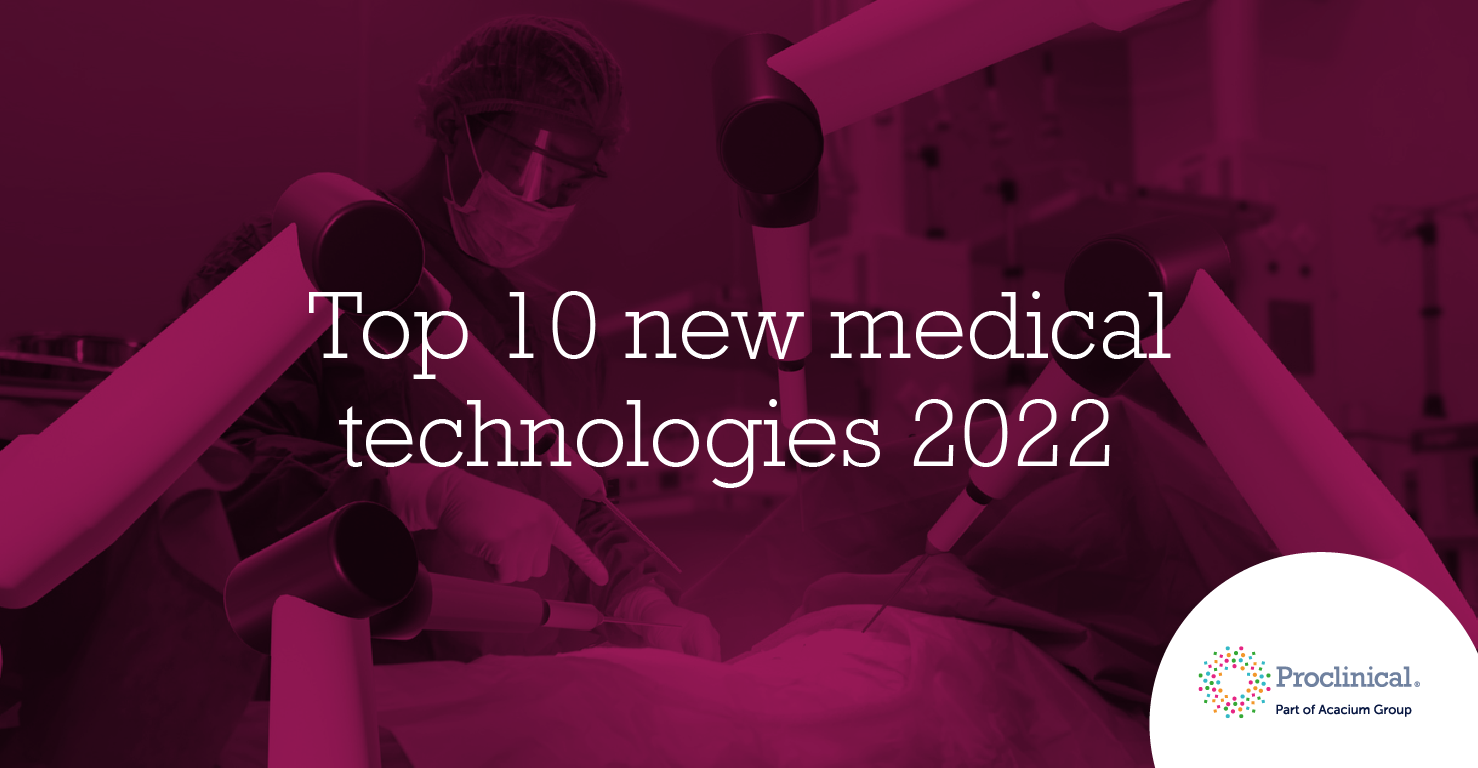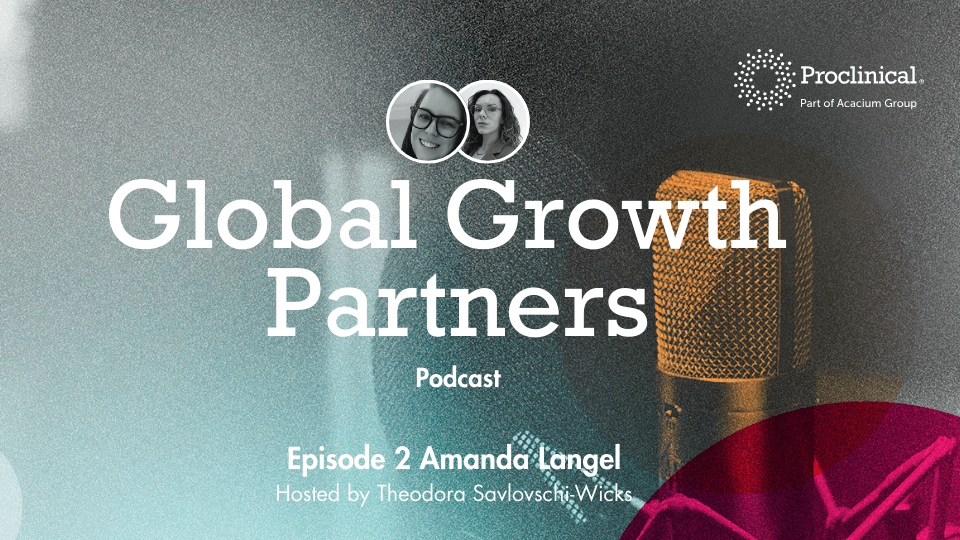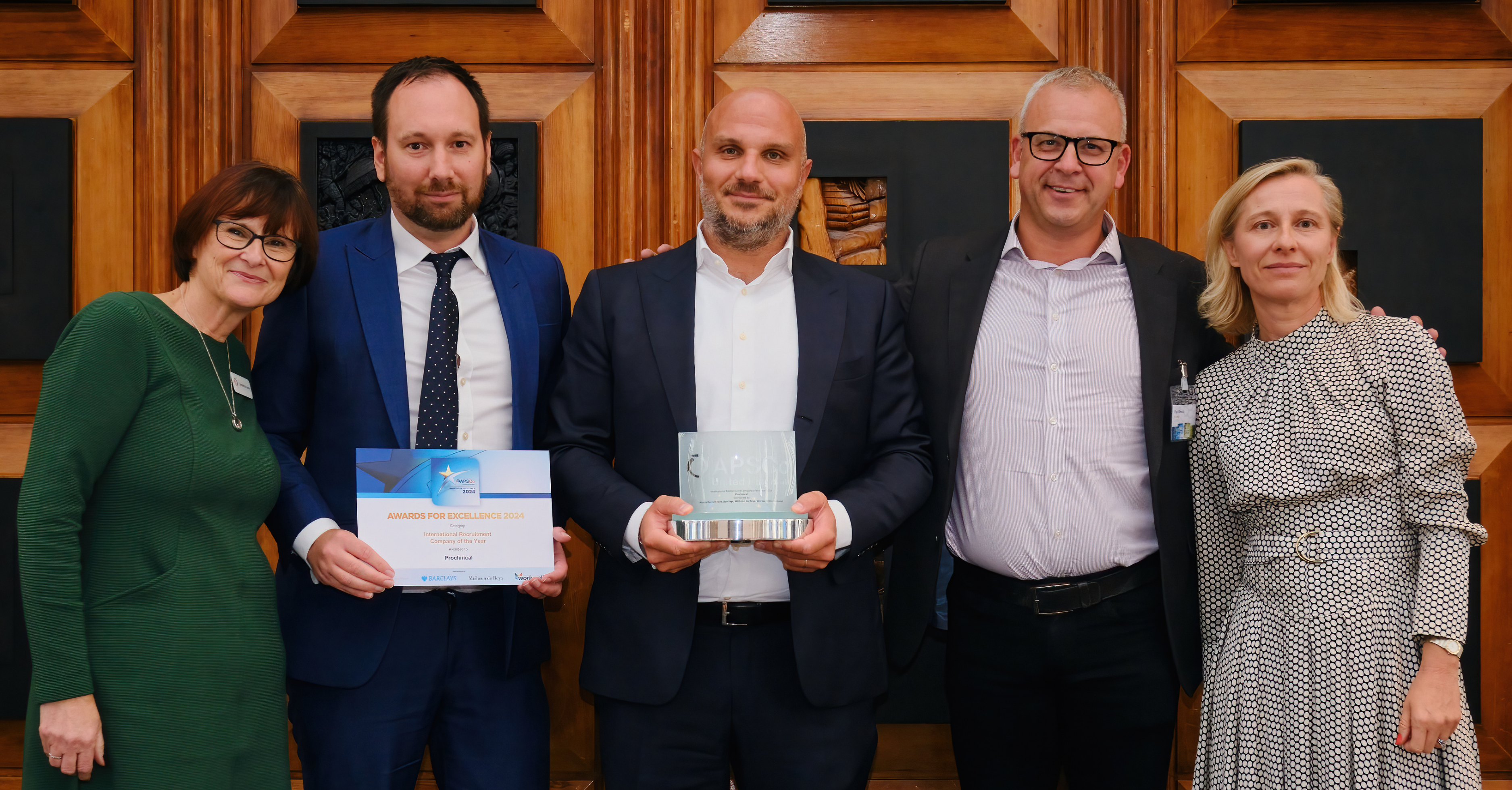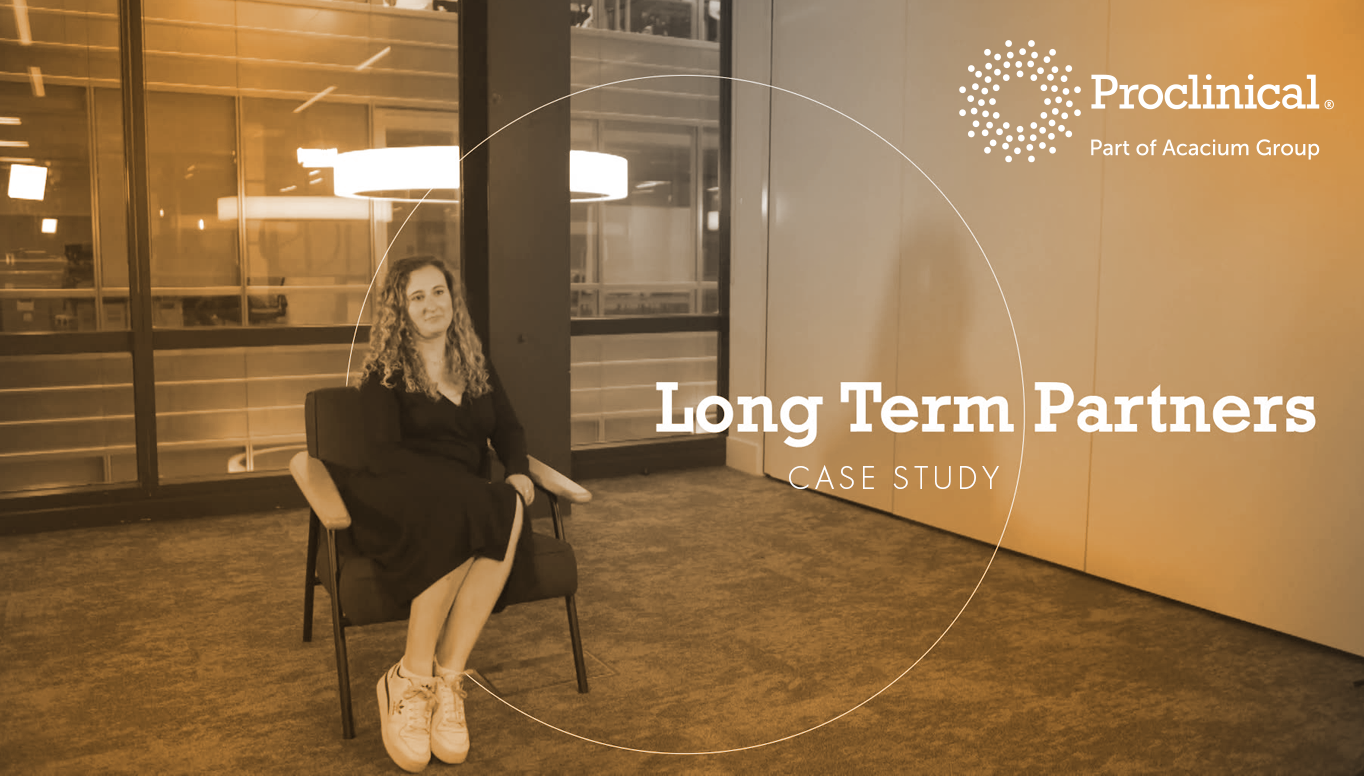
Technology and medicine have gone hand and hand for many years. Consistent advances in pharmaceuticals and the medical field have saved millions of lives and improved many others. As the years pass by and new technology in healthcare continues to improve, there is no telling what medical advances will come next. Here we have rounded up the top 10 new medical technologies in 2022:

1. mRNA technology
mRNA technology has been put under the spotlight recently as the new vaccines for Covid-19 use this science. With their high effectiveness, capacity for rapid development, and potential for low production costs, mRNA vaccines offer an alternative to the traditional vaccine approach.
mRNA, or messenger ribonucleic acid, is a single-stranded RNA molecule that carries the genetic information that is derived from DNA. mRNA vaccines work by providing a genetic code to cells to allow them to produce viral proteins, once the proteins have been created the body can then produce an immune response. The success of the Covid-19 mRNA vaccines has given a big boost to efforts to develop other mRNA vaccines for everything, from cancers to Zika virus.
mRNAs potential is thought to extend beyond just vaccines. mRNA can code for just about any protein, so the same basic technology might also allow us to develop all kinds of treatments by getting the body to produce a drug-like response. Many protein-based drugs such as antibodies made outside the body have proved extremely effective – but also extremely expensive. So, by using mRNA technology, development times and costs could be cut by setting the human body to work on manufacturing the proteins instead.

2. Virtual reality
Virtual reality has been around for some time. However, it is now being increasingly used to treat and manage a wide range of psychological illnesses and conditions, from stress and anxiety to dementia and autism. But its capabilities are not just limited to mental health conditions, it is also being used for effective pain management by changing the patients’ thoughts and perceptions around pain.
VR has also greatly improved the training processes for medical professionals, as it allows you to be transported into the human body. It also helps when doctors are diagnosing, as the patient is able to virtually step into a panoramic view of their body, giving them a better understanding of their disease or condition.
There is still huge, uncovered potential for VR, but its focus areas for medical advancements include preventive healthcare, rehabilitation, assistive living, cancer therapy, and surgery.

3. Neurotechnology
Neurotechnology holds boundless potential to improve many aspects of life. It is already being practically applied in the medical and wellness industries, but also has many future implications for other contexts including education, workplace management, national security, and even sports.
Neurotechnology encompasses all components that are developed to understand the brain, visualise its processes and even control, repair or improve its functions. These components can be computers, electrodes, or any other devices that can be set up to intercept electric pulses that run through the body.
In healthcare, neurotechnology is currently being used in brain imaging, by recording magnetic fields produced by electrical activity within the brain, neurostimulation, stimulating the brain and nervous system to influence brain activity; and in neurodevices, an emerging technology that monitors or regulates brain activity using an implant. Neurodevices are still mostly in the research phase, but it holds major potential for treating brain disorders. An example of this is Neuralink. Pioneered by Elon Musk, Neuralink is developing a device that would be embedded into the human brain, where it would record brain activity and transmit this data wirelessly to a computer. Researchers would then be able to analyse these findings and use them to electrically stimulate brain activity. If successful, it can possibly be used to cure brain diseases like Alzheimer’s and Parkinson’s. Neuralink has been tested on animals so far, but Elon Musk has said the company hopes to start implanting its chips in humans in 2022.
Neurotechnology, while therapeutically very exciting, remains very controversial. It raises questions around rights to data and privacy. All-in-all, its future applications are not entirely mapped out but with the continued rise and identification of neurological disorders and conditions, neurotechnology is expected to experience considerable growth in the worldwide healthcare market in the coming years.

4. Artificial intelligence
AI is one of the most exciting technologies changing the healthcare landscape in 2022.
AI is proving to be very valuable when it comes to detecting diseases early and for confirming an accurate diagnosis quicker. For example, in breast cancer care, the use of AI is enabling the review of mammograms to be 30 times faster with 99% accuracy, reducing the need for unnecessary biopsies. AI is also being applied to oversee early-stage heart disease, allowing healthcare providers to discover potentially life-threatening problems at earlier and at more treatable stages. In addition, AI is also helping clinicians to create more comprehensive treatment programmes, allowing patients to manage their conditions more effectively.
Drug research and discovery is one of the more recent applications for AI in life sciences. AI is able to streamline the drug discovery processes, by creating more efficient ways to discover and repurpose medicines, significantly cutting down the time it takes to market a new drug and reducing their associated costs.

5. 3d printing
3D printers have quickly become one of the hottest technologies on the market. In healthcare, these game-changing printers can be used to create implants and even joints to be used during surgery. 3D-printed prosthetics are increasingly popular as they are entirely bespoke, with the digital functionalities enabling them to match an individual’s measurements down to the millimetre. The allows for unprecedently levels of comfort and mobility.
Using 3D printing for presurgical planning is also gaining momentum. Using a realistic replica of an actual patient’s anatomy is allowing surgeons to attempt procedures they wouldn’t have previously been able to do. The ability to plan a complex surgery and train prior to the procedure itself by using 3D-printed models has the potential to not only increase success rates but also to reduce time in the operating room and recovery time.
The use of printers can create both long-lasting and soluble items. For example, 3D printing can be used to ‘print’ pills that contain multiple drugs, which will help patients with the organisation, timing, and monitoring of multiple medications. To take 3D printing up another notch, bio-printing is also an emerging medical technology. While it was initially ground-breaking to be able to regenerate skin cells for skin draughts for burn victims, this has slowly given way to even more exciting possibilities. Scientists have been able to create blood vessels, synthetic ovaries and even a pancreas. These artificial organs then grow within the patient’s body to replace the original faulty one. The ability to supply artificial organs that are not rejected by the body’s immune system could be revolutionary, saving millions of patients that depend on lifesaving transplants every year.

6. Precision medicine
As medical technology advances it is becoming more and more personalised to individual patients. Precision medicine considers the individual variability in genetics, environment, and lifestyle for each patient. For example, when using precision medicine to treat a patient with cancer, the medicine can be tailored to them based on their unique genetic make-up. This personalised medicine is far more effective than other types of treatment as it attacks tumours based on the patient’s genetics, causing gene mutations and making it more easily destroyed by the cancer medication.
Precision medicine presents great opportunities in transforming the future of healthcare. While it is currently most advanced in oncology, precision medication also has wider, exciting applications, such as in rare and genetic diseases, it also holds some promise in treating infections. However, integrating precision medicine into healthcare is set to be a challenging process with issues within infrastructure, inequalities, and knowledge that the industry must overcome before this becomes mainstream.

7. CRISPR
Clustered Regularly Interspaced Short Palindromic Repeats (CRISPR) is the most advanced gene-editing technology yet. It works by harnessing the natural mechanisms of the immune systems of bacterium cells of invading viruses, which is then able to ‘cut out’ infected DNA strands. This cutting of DNA is what has the power to potentially transform the way we treat disease. By modifying genes, some of the biggest threats to our health, like cancer and HIV, could potentially be overcome in a matter of years.
CRISPR is also looking promising for treating rare diseases. Cystic fibrosis (CF) is a genetically inherited rare disorder that affects the functioning of the respiratory and digestive systems. The CF gene causes mutations to alter salt regulation across cell membranes, which results in thickening of mucus that causes problems in lungs, pancreas, and other organs. There are multiple cystic fibrosis-causing mutations, and there are currently several on-going clinical trials to see if CRISPR can be used to correct these mutations. CRISPR is also being seen as a possible way of treating sickle cell disease, which is also caused by a genetic mutation. Until recently, bone marrow transplant was the only real treatment for patients, but CRISPR gene therapy has given patients a new hope.
CRISPR has many potential applications, including correcting genetic defects, treating and preventing the spread of diseases, and improving the growth and resilience of crops. However, despite its promise, the technology also raises ethical concerns, mostly over humanity’s right to ‘play God’ and worries over gene-editing being used to produce designer babies.

8. Telemedicine
Telehealth and telemedicine have become increasingly in demand since the Covid-19 pandemic began in 2020. Telemedicine refers specifically to remote clinical services, while telehealth encompasses remote non-clinical services. With more people adopting a new way of working and living since the pandemic, this is a trend which is likely to continue gaining momentum, with the global telemedicine market projected to grow from $68.36 billion to $218.49 billion by 2026.
Telemedicine offers a range of benefits for both patients and healthcare providers. It offers great comfort and convenience for patients and can also be cheaper as patients do not need to encounter any secondary costs such as travel expenses or childcare. It can also improve access for other populations, including elderly adults, people who are geographically isolated, and those who are not able to leave their homes. For healthcare providers, telemedicine is also favourable as it reduces overhead expenses, lessens the exposure to illness and infections and allows practitioners to see more people as they can work more flexibly.
The last two years have seen telehealth and telemedicine become more mainstream and in 2022, technology for virtual-care appointments will continue to advance beyond 1:1 doctor-patient video conferencing. For example, in response to the rising number of patients in need of behavioural therapy for mental health illnesses, we can expect to see technology that will facilitate group sessions, allowing multiple patients to be supported together.

9. Health wearables
The demand for wearable devices has grown since their introduction in the past few years, since the release of Bluetooth in 2000. People today use wearables synced with their phone to track everything from their steps, physical fitness and heartbeat, to their sleeping patterns. With an aging population in much of the developed world, wearables can be effective at prevention of chronic conditions, such as diabetes and cardiovascular disease, by helping patients to monitor and improve their fitness.
Smartwatches remain one of the most popular wearable devices in the healthcare industry, with all the major tech firms such as Apple, Google, and Samsung all taking a share in the market. Depending on the model, they have the capabilities to record sleep patterns, blood pressure, oxygen saturation and electrocardiograms. Manufacturers are currently working on integrating sensors for blood glucose measurement into their smartwatches, which would make it easier for those living with diabetes. As well as smartwatches, smart clothes, smart rings and hearables, are also becoming increasingly popular and are proving to be increasingly useful in collecting data for clinical research.
Technological advancements don’t stop with devices worn on the body, insideables and implantables are also in the process of being developed. So far, these microcomputers, that work from inside the body, have been used to help organs such as the heart and brain function. Insideables, also referred to as smart pills, are considered by many to be the next phase after external wearables. These are swallowed in the form of a hard capsule and send measured values, such as glucose levels, or images from inside the body to aid diagnosis processes. Since implantables and insideables are only just emerging, they are expected to transform healthcare in the years ahead.

10. Technology in mental health
It is estimated, that by 2030, depression will be the leading cause of disease burden globally, making the need for new therapies more crucial than ever. Over the last year, many new technologies have emerged that can help address patients ongoing mental health needs.
Increasingly some apps are able to complete patient intakes and provide an initial diagnosis before a patient ever meets with a provider and AI powered tools are transforming the way mental health treatments are delivered. AI chatbots, like Woebot, that can help patients practice their cognitive behavioural therapy (CBT) strategies to smartphone apps, and voice recognition software Ellipsis, can analyse a patient's voice and speech patterns for warning signs of emotional distress. In addition to this digital symptom tracking is proving crucial for optimising efficient mental health care for the future. Online symptom tracking prompts patients to share data daily. An AI algorithm then analyses that data to identify patterns and alert providers in real time of any warning signs.
Another technology newly being utilized for mental health is the use of video games. Approved in 2020, EndeavorRx is the first and only FDA-cleared video game treatment. The game is used to help improve the attention span of children aged 8-12 years old with ADHD and requires a prescription. In clinical studies, 73% of participants reported an increased ability to pay attention.
After this success, video games are set to become a more popular, affordable and accessible treatment for a range of health conditions. It was recently announced, DeepWell Digital Therapeutics would be launching a first-of-its-kind video game publisher and developer dedicated to creating gameplay that can simultaneously entertain and deliver, enhance, and accelerate treatment for an array of illnesses and conditions.

.png)

.png)


.png)
.png)




.png)
.png)













